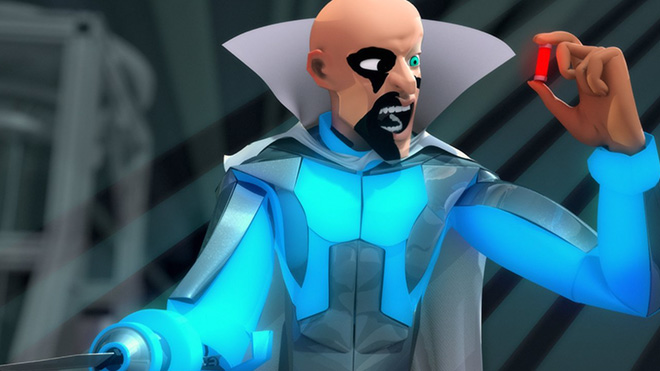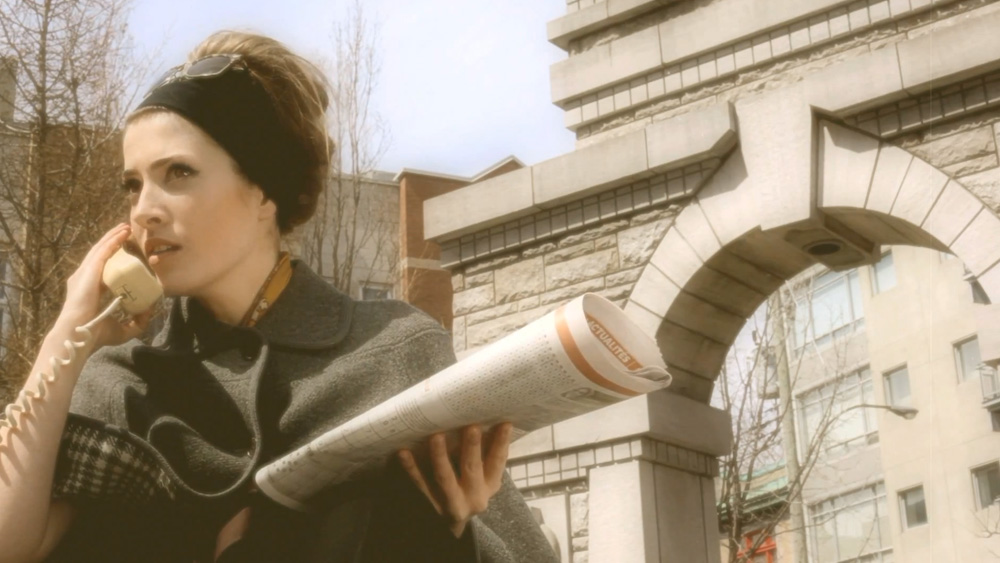Aurora is asked to look after her friend Catherine’s cat, but as events take a turn for the worse she is forced to ask herself – am I actually a good person?
“Sitter,” an action-packed suspense short by James Arden (Leopard), dives into the chaotic world of Aurora, who is tasked with a seemingly simple favor: looking after her friend Catherine’s cat. However, as events spiral out of control, Aurora is forced to confront a deeper question about her own morality and capabilities. The film is inspired by Arden’s real-life experiences with self-destructive housemates, making the narrative resonate with authenticity and raw emotion.
This fast-paced production, brought from script to screen in just a month, showcases Arden’s flair for creating flawed, relatable protagonists. Aurora’s frenzied journey is brilliantly captured through bold cinematographic choices, including the use of anamorphic lenses to heighten the sense of anxiety. Shot over two days, the film features Arden’s real-life cat, adding a touch of personal authenticity to the project. With sharp photography, dynamic sound design, and an intense lead performance, “Sitter” keeps viewers on the edge of their seats, delivering a memorable exploration of tension and character development.
The film is based on your real-life experiences with housemates. Can you elaborate on the specific incidents or relationships that inspired “SITTER”?
Two specific incidents come to mind. I used to live in a flat above a row of shops on a really busy street in Peckham. One time, I returned home to find my housemate had lost our indoor cat out the open window that led to the rooftops. I spent a few hours, fighting against the setting sun, desperately searching until I found this scared little cat stuck on a wall – very much the same energy as Aurora on the streets! Another far more bizarre time, I came across an albino ferret loose on the streets of Peckham, running around petrified. I managed to wrap it up in a towel and take it home. Unfortunately all the local shelters were closed over a long weekend, so we ended up adopting this ferret for four days in our flat. It was very cute, but it stank.
Aurora is portrayed as a flawed protagonist. What was your approach to developing her character, and what do you hope the audience will take away from her journey?
Aurora, I hope, encapsulates a type of person we’ve all known in our lives, and perhaps we’ve even gone through a similar phase ourselves – self-destructive, avoiding responsibility. Iona Champain and I delved into Aurora’s restless state of mind together before shooting – it’s an action-heavy film, often with scenes without much dialogue, so we worked a lot on the interiority of the character to make sure she always knew that mindset. I hope audiences find her annoying and frustrating, but ultimately root for her success and ability to change – we’re all flawed human beings, so why shouldn’t progantists be the same!
“SITTER” is praised for its tension and character development. How did you manage to maintain this tension throughout the film?
Tension-wise, I had a number out of five for each scene and tried to reach that through a combination of sound design, edit pacing, movement etc – it was a really helpful guide, not only on the floor – guiding lens choices and how quickly the camera should be moving – but also in the edit where we could manipulate the tension in every way.
The film was produced from script to screen within a month. What were some of the biggest challenges you faced during this fast-paced production process, and how did you overcome them?
One of the biggest challenges for me was letting go, and in the end I loved it! I think it’s easy to overthink everything when you have the luxury of time, and usually with short films there isn’t really that pressure. The hard deadline on this made me and the crew make decisions quickly – cast, locations, crew – and that freedom was such a benefit. I think that fast-pace behind the camera ultimately fed into the energy of the film.
You mentioned using anamorphic lenses and making bolder decisions on every shot. Can you discuss how these choices contributed to the film’s overall aesthetic and narrative impact?
“Go longer” became the motto on set – my sensibilities are usually to go a bit wider, but on this film longer, tighter lenses made the handheld camera-work more frenetic and stressful, which was exactly the vibe we wanted. I very much treated it as an exercise to get out of my comfort zone, as well as make the right decisions for the story.
How did you balance making Aurora relatable and sympathetic despite her flaws?
I think all I did was guide Iona, who already brought so much to the character. I wanted watching her to be like a car crash – you can’t look away. She did the rest.
The sound design and soundtrack play a significant role in maintaining the film’s pace. How did you approach the audio aspects of the film to enhance the suspense and drama?
Hugo Ellingham at Brother Music is an amazing sound designer and composer. I created a spotify playlist of 2000s electronic music as our inspiration, and then we went to town on it. I fed back on Hugo’s incredible ideas. Music really does set the pace for the stress and tension in the film.
From Hugo:
James wanted both the score and sound design to play a key part in adding tension and energy to the film. We created a suite of 2000s-inspired Electro music, being playful with effects and acoustics to either bed it into the scene or become the main focus of the soundscape. The stark, slightly jarring use of diegetic sounds within the quieter interior scenes early on heighten the social realism of the film, making the experience of the protagonist Aurora’s time in her own company at home fraught and uncomfortable. Subtle easter eggs are added in, such as a dog barking next door, or a moped passing by the open window, to envelop you in her world.
The rhythmic layering of sound once outside the flat is more composed than designed, with the night-time city atmosphere, pumping club music, traffic, shouts of passers-by, heavy breaths, phone beeps and voicemails blending into an artful cacophony. This soundscape works in tandem with the frenetic, fast-paced visuals to build a sense of stress that moves towards pandemonium.
The film’s electronic music score is inspired by Simian Mobile Disco & The Shoes and transforms throughout the film through different mediums – from a radio station in the flat through to the muffled thump of the nightclub.
Can you tell us which are your favorite short films out there?
Favourite short films… so many to choose from! Recently, Geej Ower’s ‘Five Weeks‘ really impressed me. Focused, powerful, impactful. It reminded me of Andrea Arnold’s ‘Dog‘ and ‘Wasp‘ which are still up there for me – as beautiful and poignant now as when they were released.




